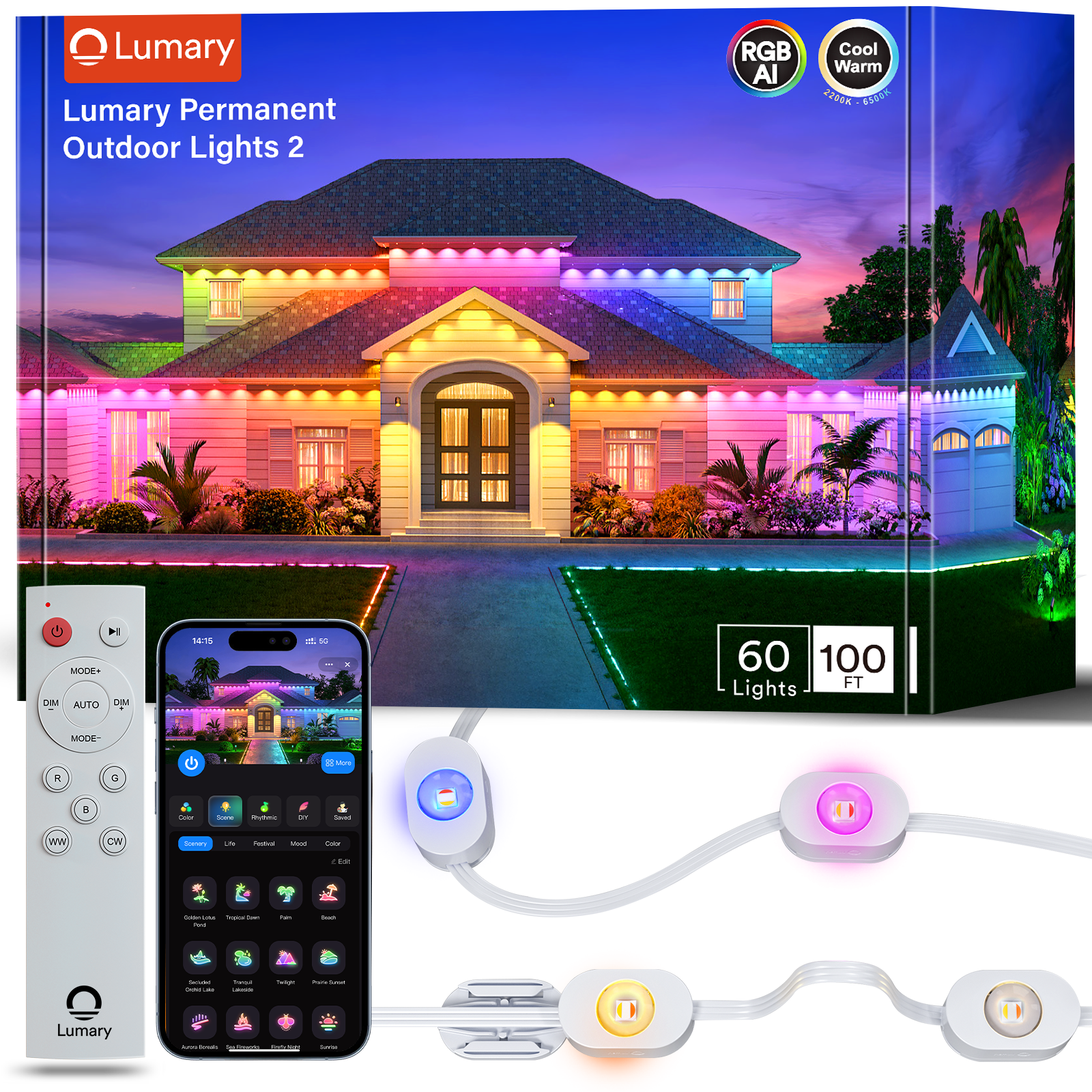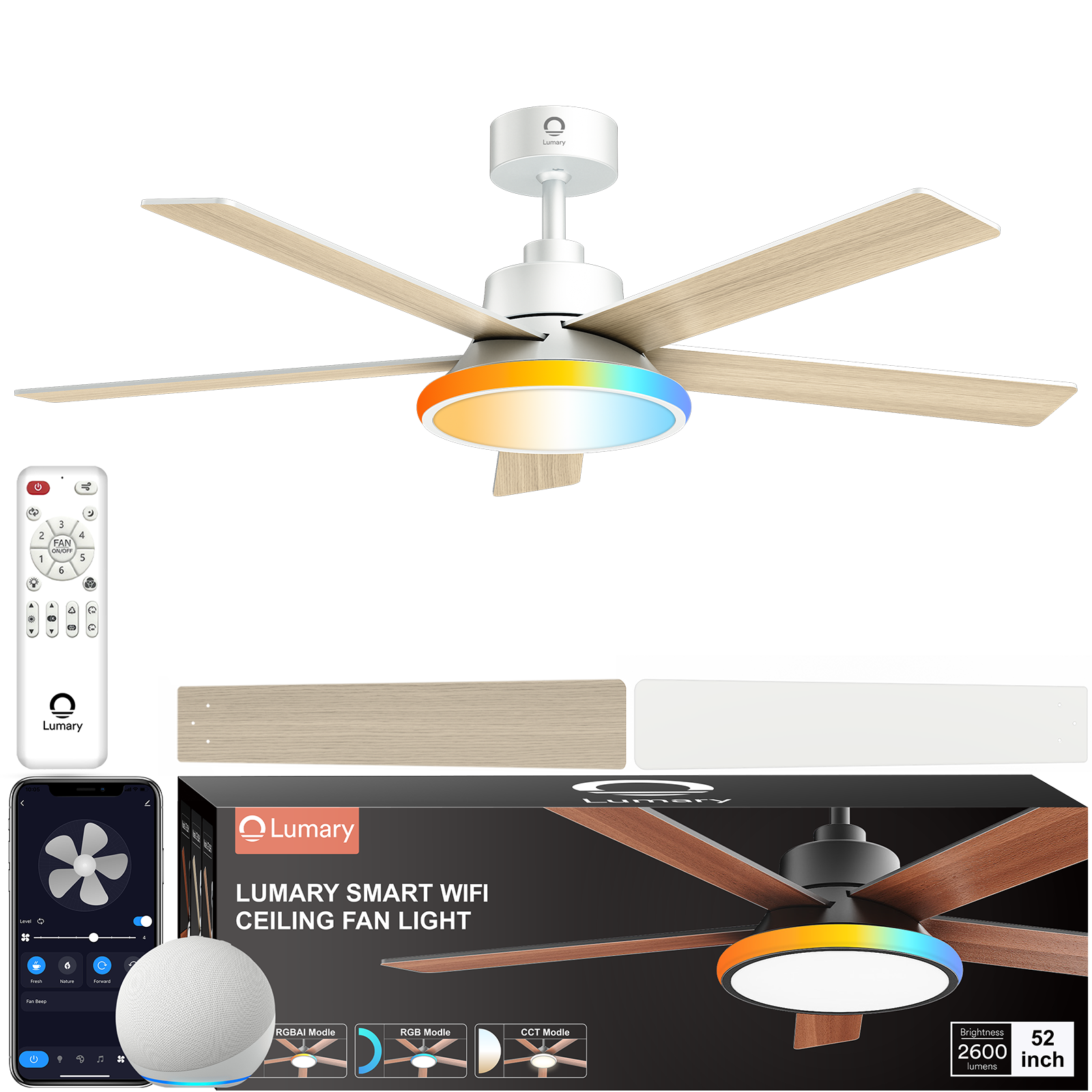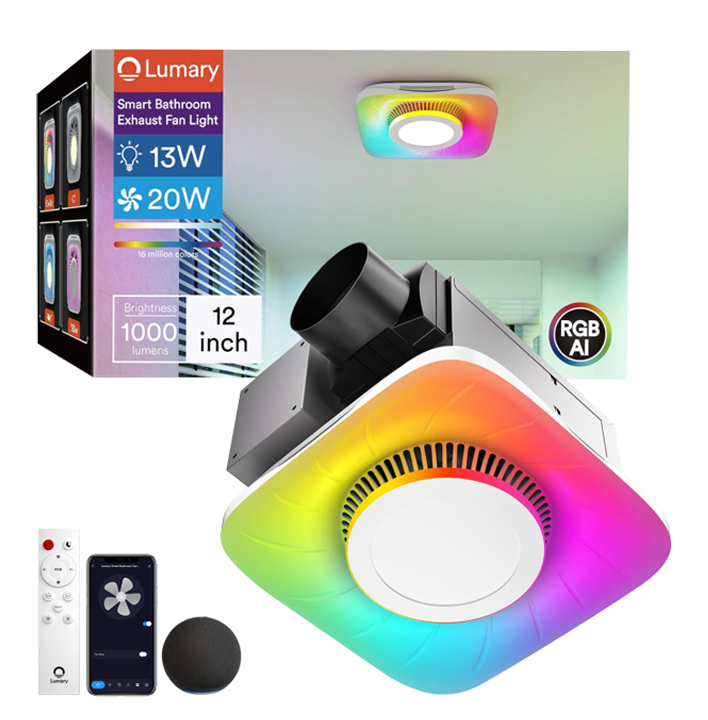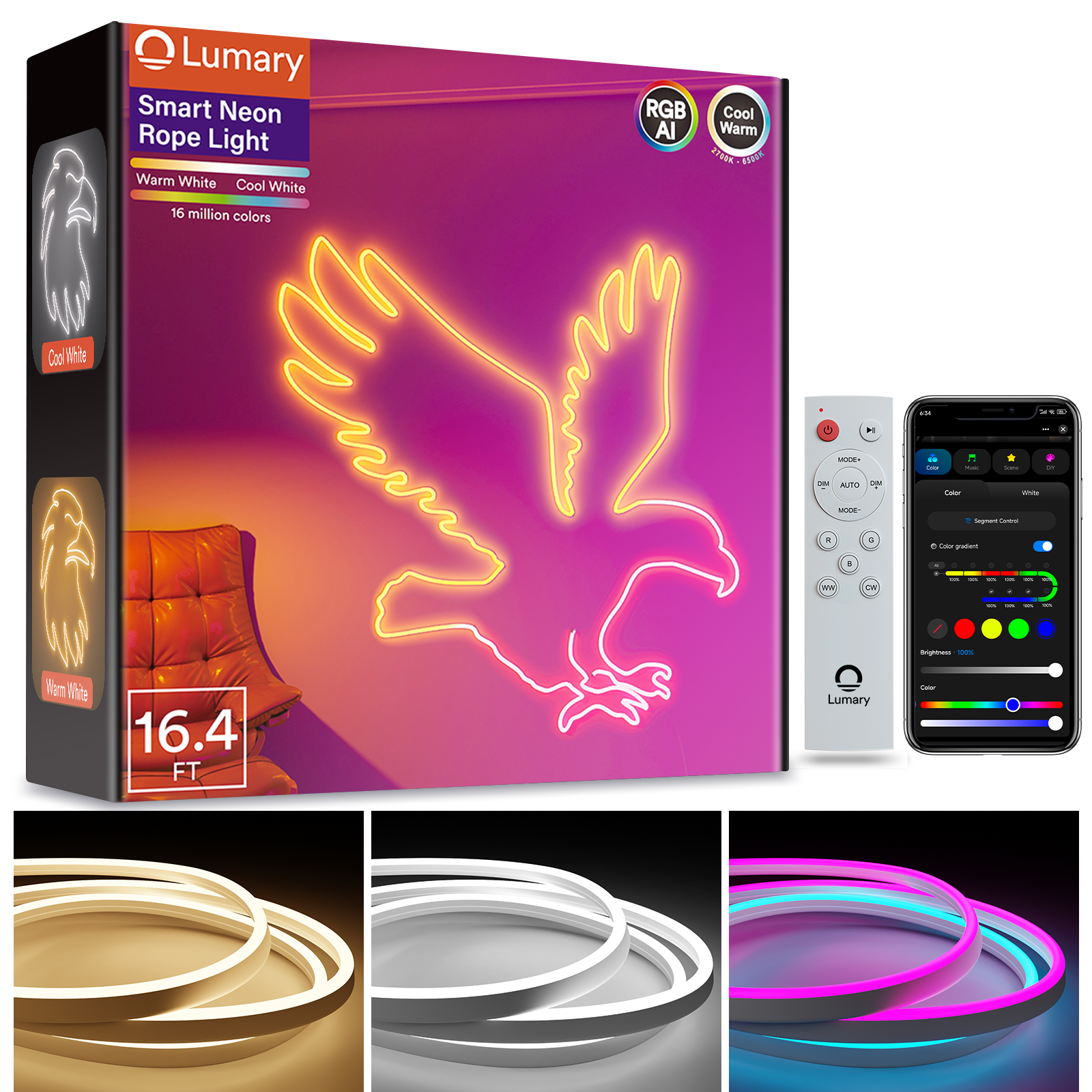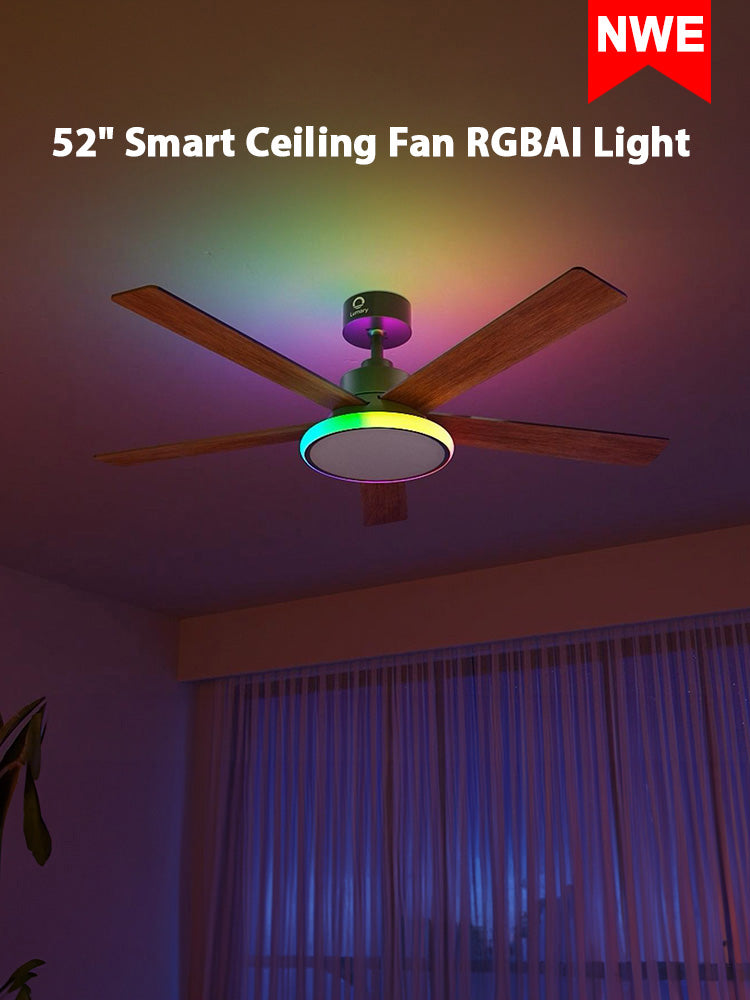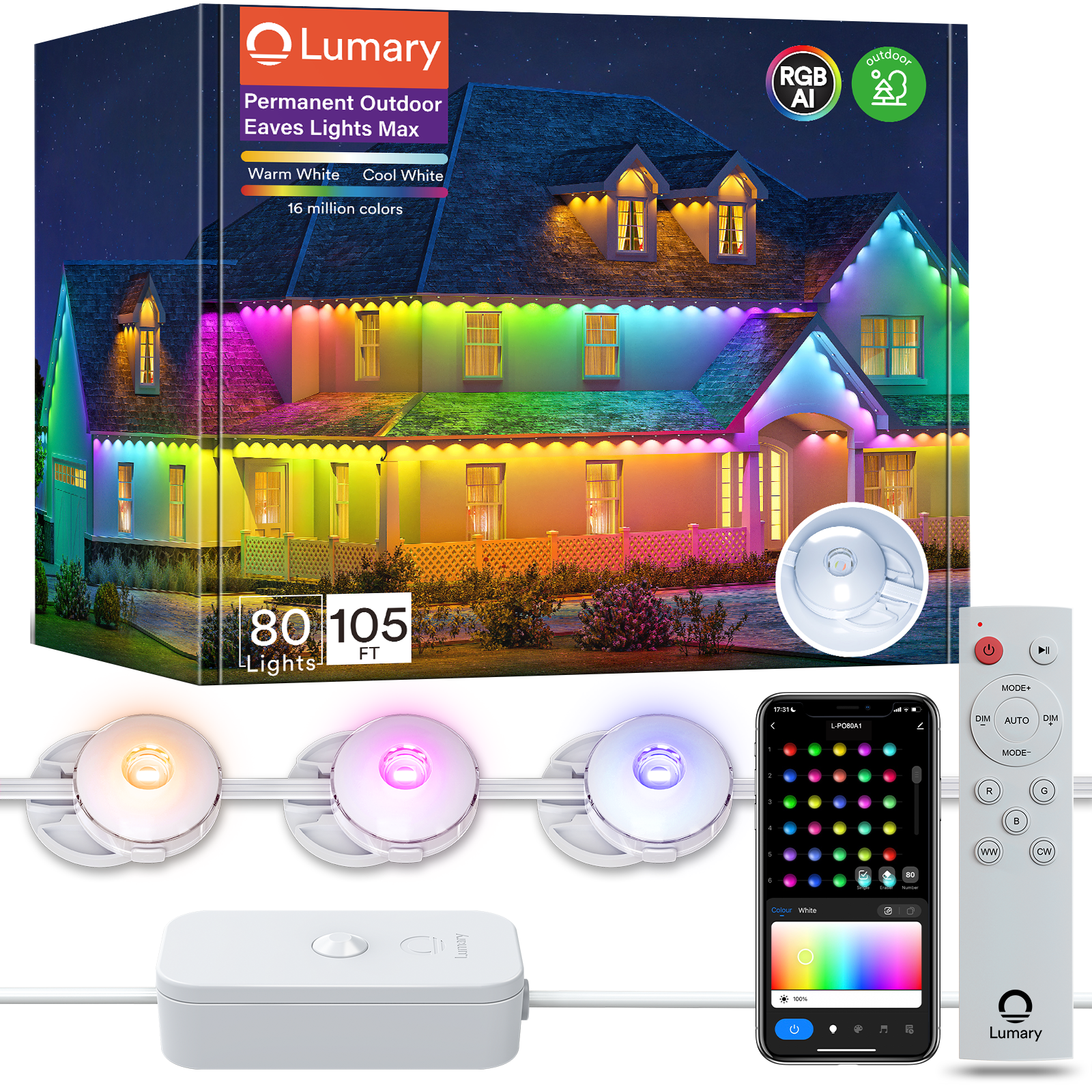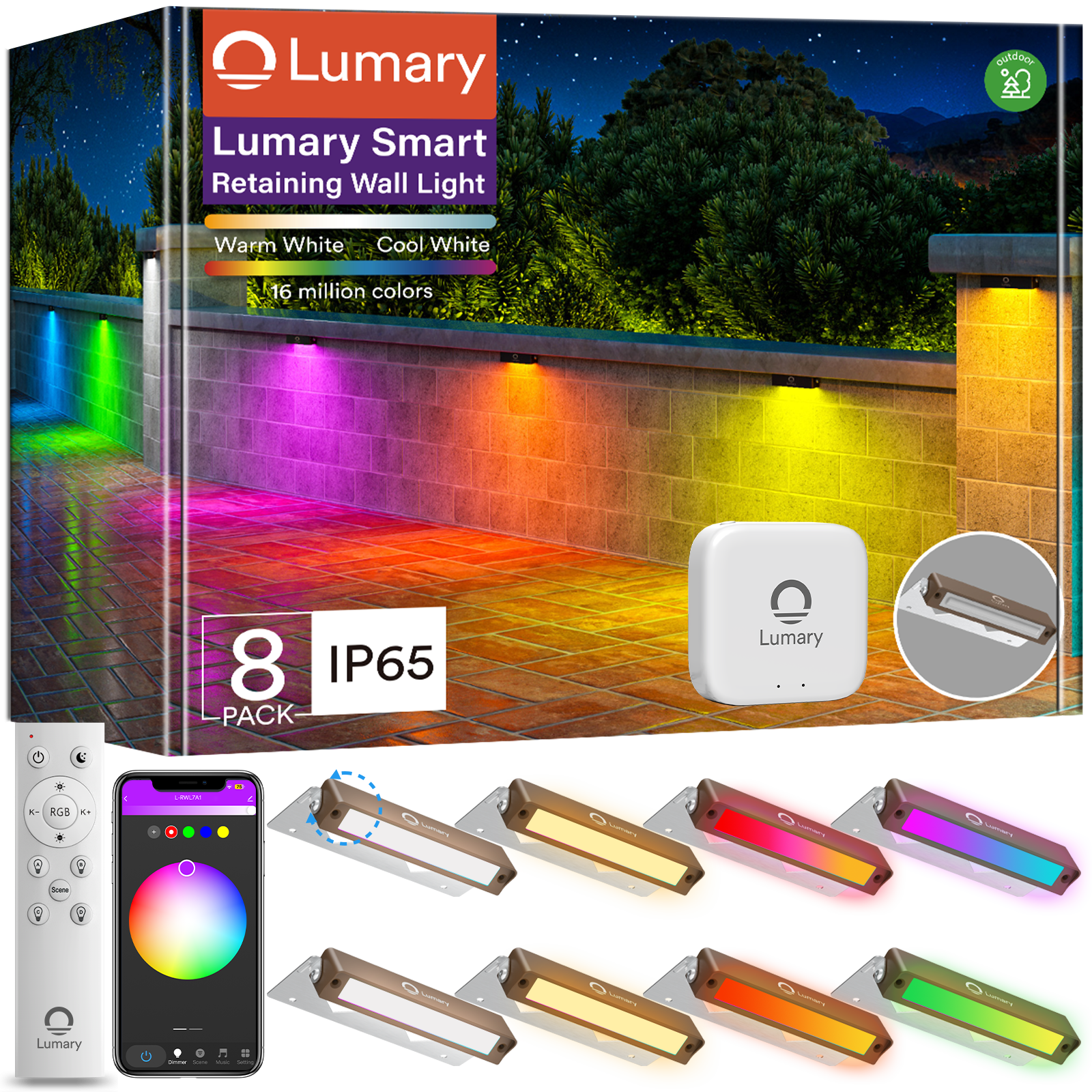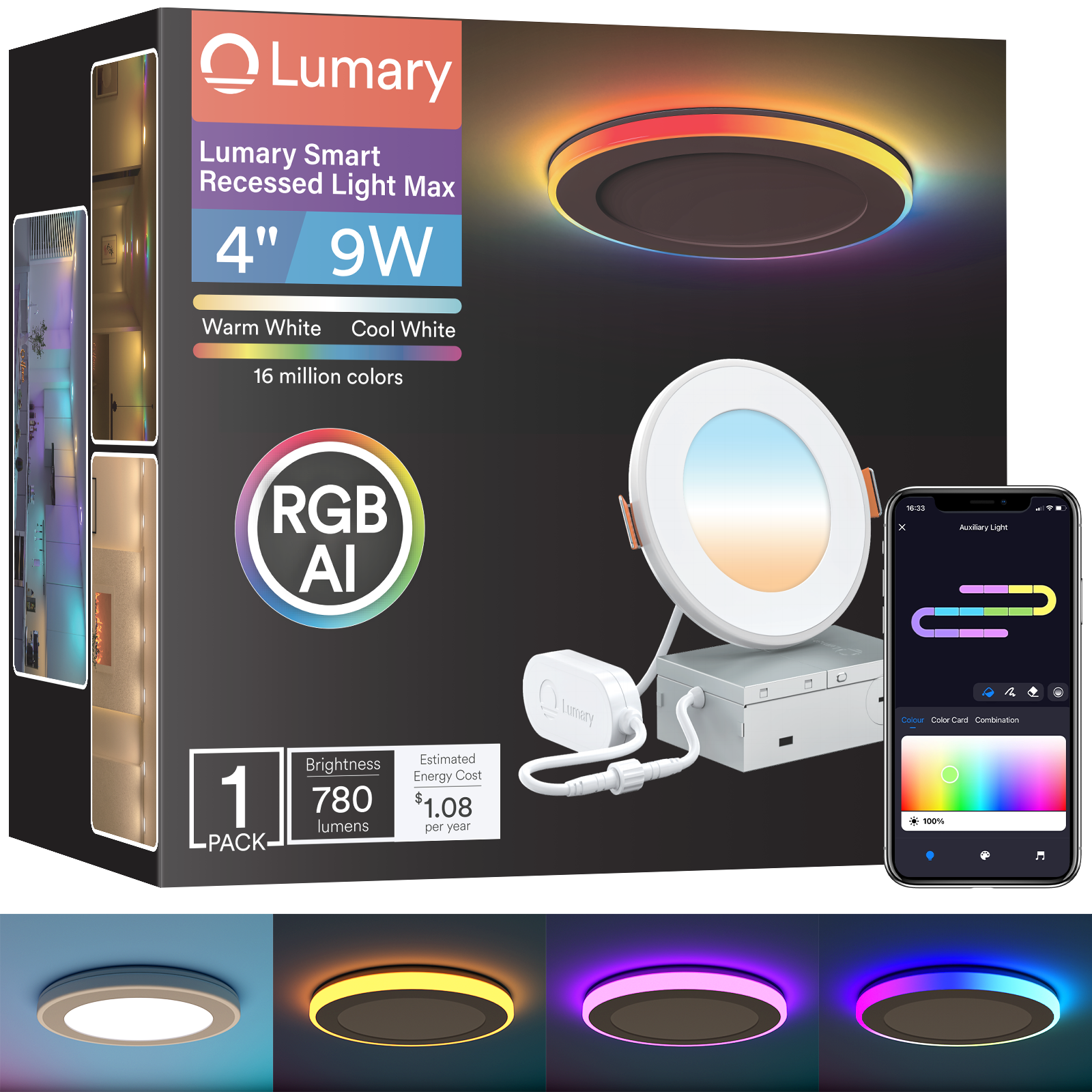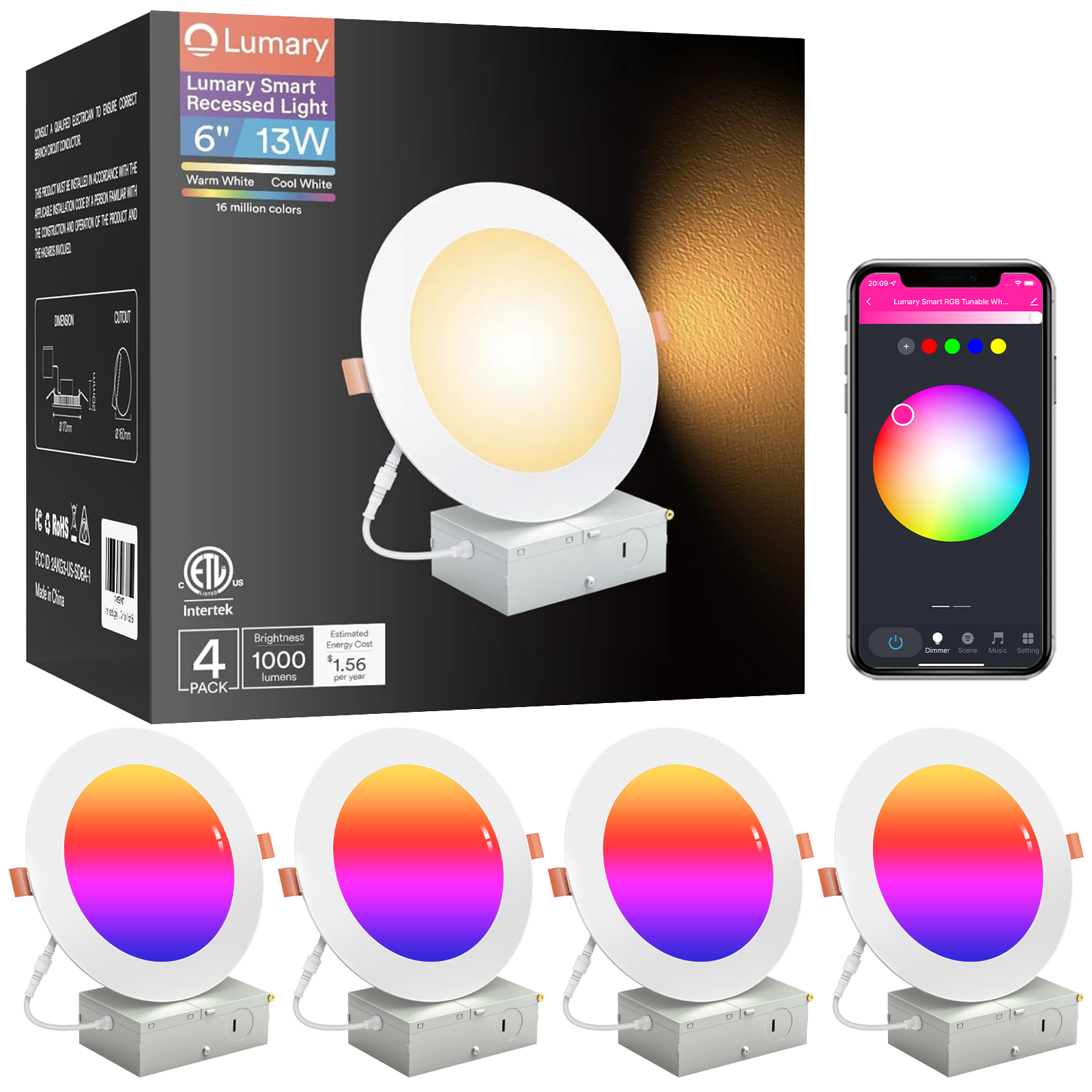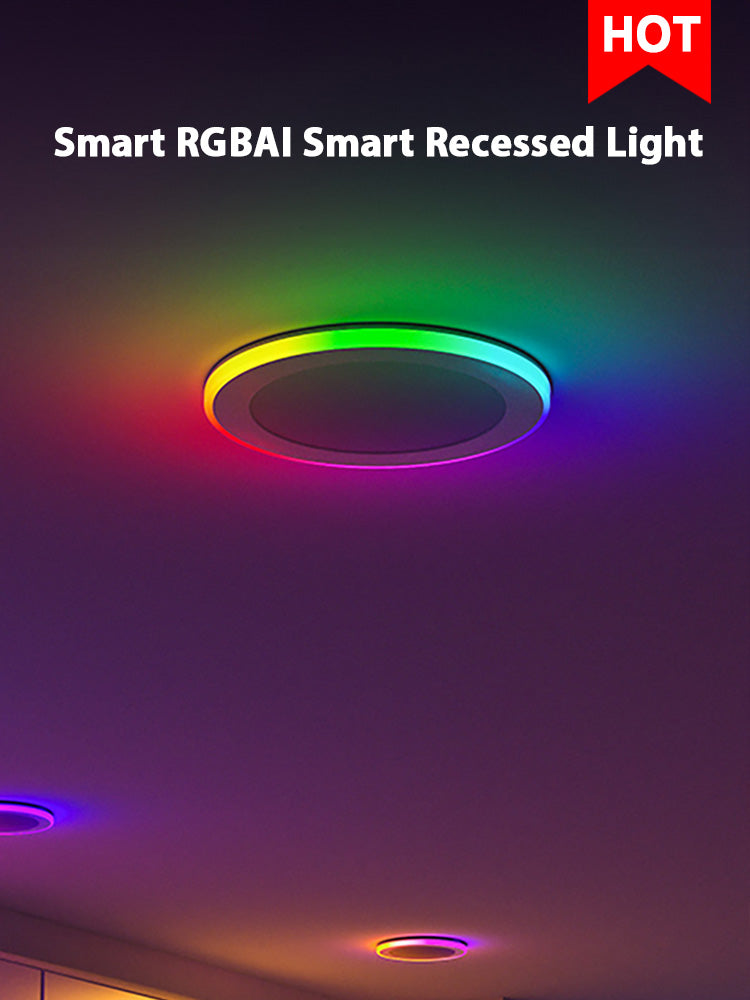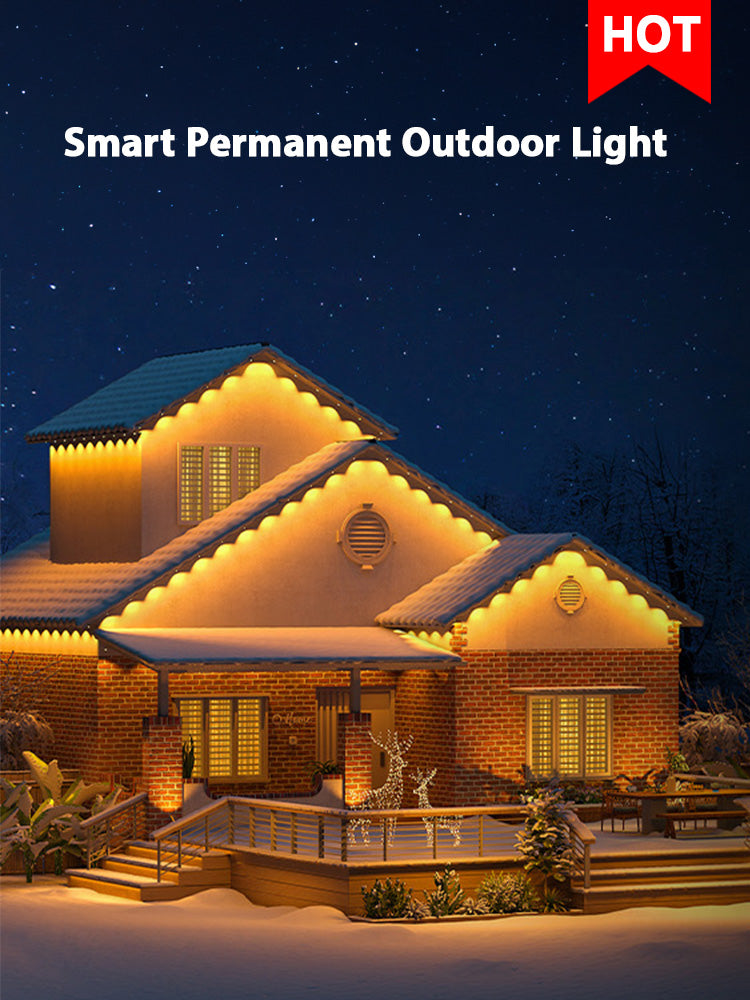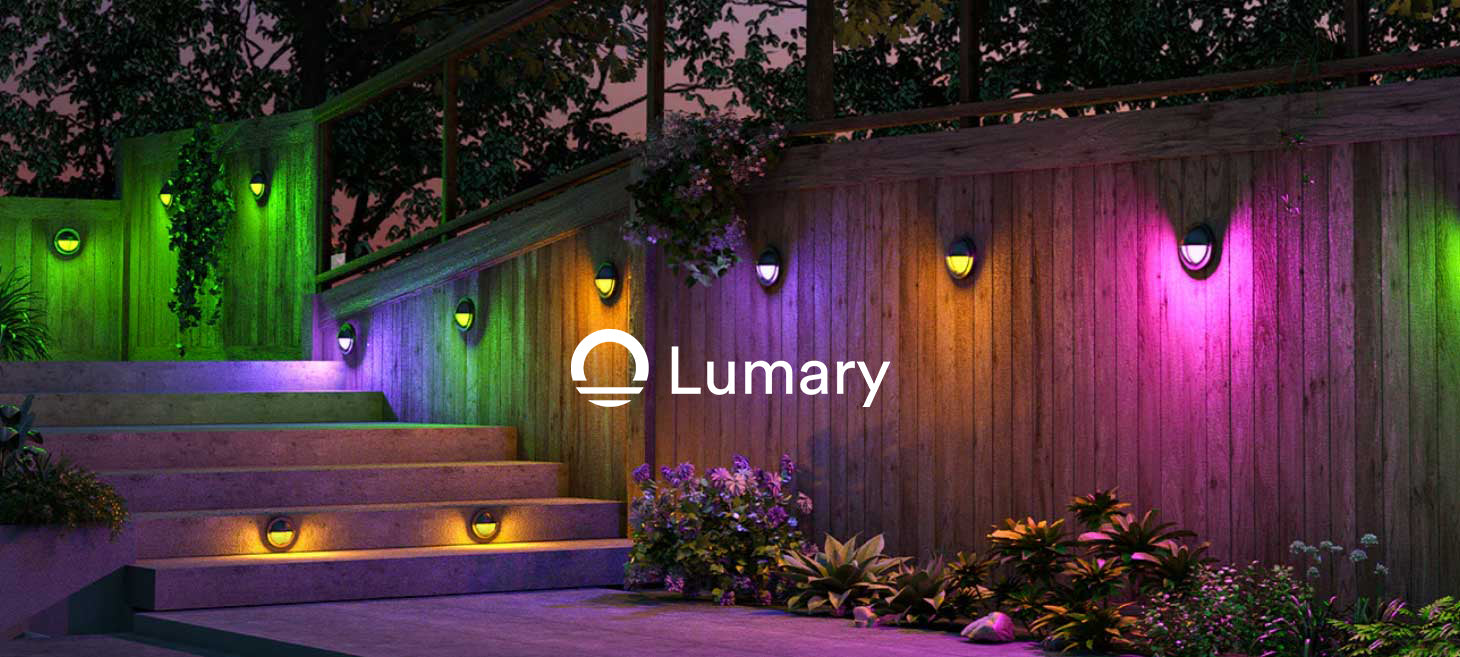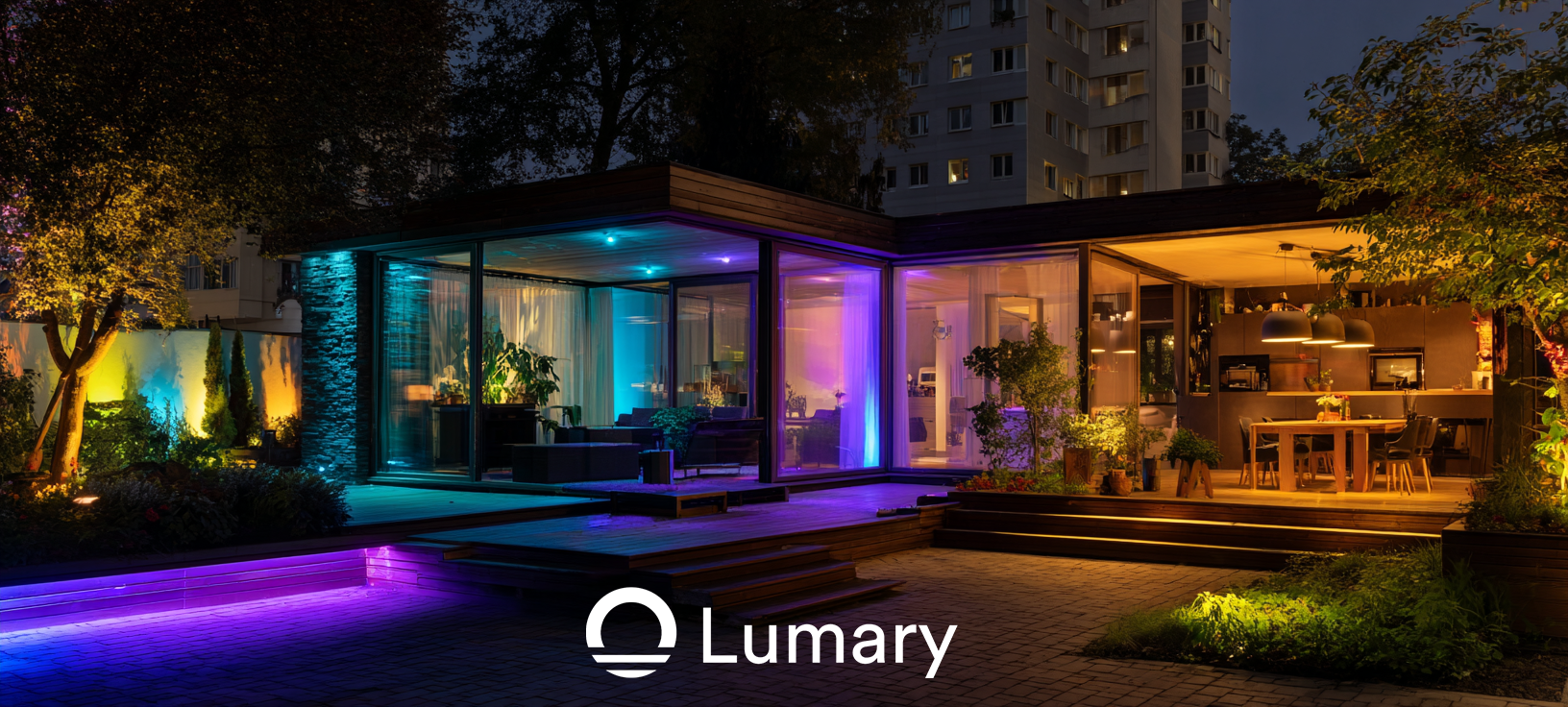Outdoor motion sensor lights play a crucial role in enhancing the security of your home. These lights deter potential intruders by illuminating dark areas, making it difficult for them to remain unnoticed. You gain peace of mind knowing that your property stays well-lit whenever motion is detected. Besides security, outdoor motion sensor lights offer convenience. You no longer fumble in the dark when arriving home late or navigating your yard at night. These lights provide a practical solution for safety and ease, ensuring your outdoor spaces are always welcoming and secure.
Understanding Outdoor Motion Sensor Lights

What Are Outdoor Motion Sensor Lights?
Outdoor motion sensor lights are a smart addition to any home. These lights automatically turn on when they detect movement, providing both security and convenience. The basic functionality involves a sensor that picks up motion and activates the light. This feature helps deter intruders and illuminates pathways for safe navigation.
Common uses for outdoor motion sensor lights include lighting up driveways, walkways, and entryways. Many homeowners install these lights near garages or backyards to enhance security. Commercial properties also benefit from these lights, using them in parking lots and building entrances. The energy-saving aspect makes them a popular choice, as the lights only activate when needed.
Types of Outdoor Motion Sensor Lights
Choosing the right type of outdoor motion sensor light depends on your specific needs. Each type offers unique features and benefits.
Passive Infrared (PIR) Sensors
Passive Infrared (PIR) Sensors are the most common type found in outdoor motion sensor lights. These sensors detect heat emitted by living beings. When a person or animal passes through the sensor's field, the light turns on. PIR sensors work well for detecting human movement and are reliable in various weather conditions.
Microwave Sensors
Microwave Sensors use microwave pulses to detect movement. These sensors can cover a larger area compared to PIR sensors. Microwave sensors penetrate walls and other obstacles, making them suitable for large spaces. However, they may trigger false alarms due to their sensitivity.
Dual Technology Sensors
Dual Technology Sensors combine PIR and microwave technologies. This combination reduces false alarms while ensuring accurate detection. Dual technology sensors offer the best of both worlds, providing reliability and coverage. These sensors are ideal for areas with high traffic or potential interference.
Outdoor motion sensor lights, like the Philips Hue Lily Outdoor Spot Light and Sengled Smart LED Floodlight, offer advanced features. These lights integrate with smart home platforms, enhancing security and convenience. The Leonlite LED Motion Sensor Floodlight provides powerful illumination with a 30-foot detection range. Each product caters to different needs, ensuring you find the perfect fit for your home.
Key Features to Consider
Detection Range and Angle
Importance of range and angle
The detection range and angle play a crucial role in the effectiveness of outdoor motion sensor lights. A wider range and angle ensure that the light covers more area, providing better security and convenience. Outdoor sensors often detect motion from much farther away than indoor sensors. This capability makes them ideal for large spaces like backyards or driveways. Choosing the right range and angle helps you maximize coverage and minimize blind spots.
How to choose the right range and angle for your needs
To select the right range and angle, consider the size and layout of your outdoor space. For larger areas, opt for lights with a longer detection range. Smaller spaces may benefit from a narrower angle to avoid unnecessary activations. Evaluate the specific areas you want to illuminate, such as entryways or pathways. This assessment will guide you in choosing a light that meets your coverage needs effectively.
Light Output and Brightness
Lumens and wattage explained
Understanding lumens and wattage helps you choose the right brightness for your outdoor motion sensor light. Lumens measure the total amount of visible light emitted by a source. Wattage indicates the energy consumption of the light. Higher lumens mean brighter light, while higher wattage means more energy use. LED lights offer high lumens with low wattage, making them energy-efficient choices.
Choosing the right brightness for your space
Selecting the right brightness depends on the purpose of the light and the area it covers. For general outdoor security, aim for a fixture providing between 700-1300 lumens. This range offers adequate illumination without being overly bright. Consider the ambiance you want to create and the specific tasks the light will support. Balancing brightness with energy efficiency ensures you get the best performance from your outdoor lighting.
Power Source Options
Hardwired vs. battery-powered
Choosing between hardwired and battery-powered options depends on your setup and preferences. Hardwired lights connect directly to your home's electrical system, offering consistent power. These lights require professional installation but provide reliable performance. Battery-powered lights offer flexibility and easy installation. However, they need regular battery replacements to maintain functionality.
Solar-powered options
Solar-powered lights provide an eco-friendly alternative for outdoor motion sensor lighting. These lights harness solar energy during the day and use it to power the light at night. Solar options reduce electricity costs and are easy to install. Consider the amount of sunlight your location receives when choosing solar-powered lights. Adequate sunlight ensures optimal performance and longevity for your lighting solution.
Installation and Maintenance

Installation Tips
Tools and materials needed
Before you start installing your outdoor motion sensor light, gather all the necessary tools and materials. You will need a screwdriver, drill, wire strippers, and possibly a ladder. Make sure you have the light fixture, mounting hardware, and any additional components that come with the light. Having everything ready will make the installation process smoother and faster.
Step-by-step installation guide
-
Choose the Location: Pick a spot where the light will provide optimal coverage. Consider areas like driveways, walkways, or entry points.
-
Turn Off Power: Safety first! Switch off the power supply to the area where you plan to install the light. Use a circuit tester to ensure no electricity flows to the wires.
-
Mount the Fixture: Use the drill to make holes for the mounting bracket. Secure the bracket with screws, ensuring it's stable and level.
-
Connect the Wires: Strip the ends of the wires and connect them according to the manufacturer's instructions. Typically, you'll match the colors: black to black, white to white, and ground to ground.
-
Attach the Light: Once the wiring is complete, attach the light fixture to the mounting bracket. Ensure it's secure and properly aligned.
-
Test the Light: Turn the power back on and test the light. Adjust the settings as needed to ensure it activates correctly when motion is detected.
Maintenance and Troubleshooting
Regular maintenance tips
Regular maintenance ensures your outdoor motion sensor light functions effectively. Clean the light periodically to remove dirt and debris. Inspect the wiring and connections for any signs of wear or damage. Update the firmware if your light has smart features to benefit from the latest updates. Replace any faulty bulbs promptly to maintain consistent lighting.
Common issues and solutions
Outdoor motion sensor lights may face common issues. If the light doesn't turn on, check the power source and wiring connections. Ensure the sensor isn't obstructed by objects or dirt. If the light stays on continuously, adjust the sensitivity settings to prevent false triggers. Regularly test the light during different times of the day and under various weather conditions to ensure optimal performance.
Additional Features and Considerations
Smart Features and Connectivity
Smart features in outdoor motion sensor lights offer a whole new level of convenience. Integration with smart home systems lets you control the lights using voice commands or mobile apps. Imagine arriving home and saying, "Turn on the driveway lights," and voilà, the path lights up. This feature makes life easier and enhances security.
Remote control and app compatibility provide flexibility. You can adjust the settings from anywhere. Forgot to turn off the light? No worries. Just open the app and switch it off. Some lights even allow scheduling, so you can set them to turn on at sunset and off at sunrise. This automation saves energy and ensures your home stays well-lit.
Weather Resistance and Durability
Weather resistance is crucial for outdoor lights. Rain, snow, and wind can damage poorly made fixtures. Look for lights with a high IP rating. This rating indicates the level of protection against water and dust. A higher number means better protection. For example, an IP65 rating ensures the light withstands heavy rain.
Materials and build quality also matter. Durable materials like aluminum or stainless steel resist corrosion. These materials ensure the light lasts longer and performs well in harsh conditions. Quality construction prevents issues like rust and wear. Investing in a well-built light saves money in the long run by reducing the need for replacements.
Choosing the perfect outdoor motion sensor light requires careful thought. Consider factors like detection range, brightness, and power source. Assess your specific needs and preferences to find the best fit for your home. Invest in a quality motion sensor light to enhance security and convenience. Motion sensor lights offer peace of mind by illuminating your property strategically. Regular maintenance ensures longevity and optimal performance. Use lighting smartly to deter intruders and save energy. Enjoy a well-lit, safer environment with the right outdoor motion sensor light.

